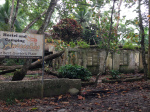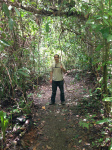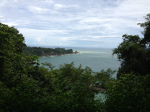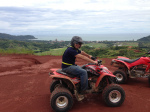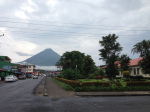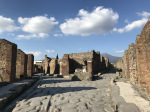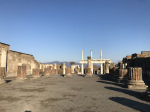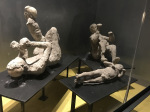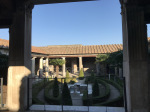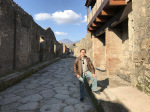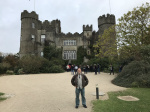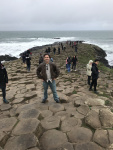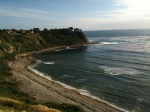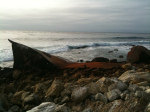Douglas Castle's Blog
September 5, 2022
Bodie: A Ghost Town in the Mountains
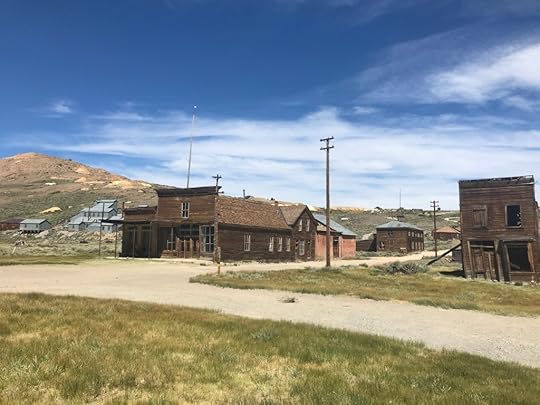
If you check out just about any travel guide for the Eastern Sierras, chances are they’ll mention the old west ghost town of Bodie. It’s famously known as California’s best preserved ghost town, now a designated a state park preserved in a state of “arrested decay.” For the buildings and structures that remain, this means that repairs might be made to the roofs, windows, and foundations, but no actual restoration work is done. This gives the site a level of authenticity not seen in most any old west town in California.
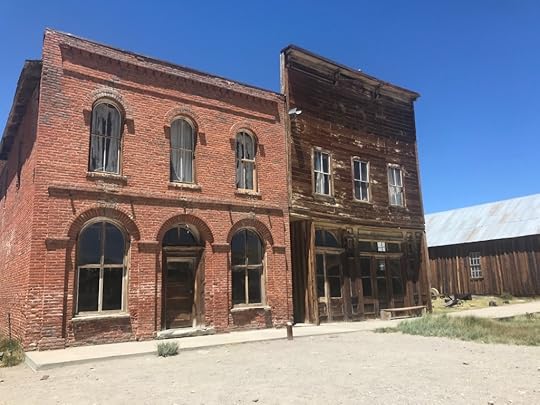
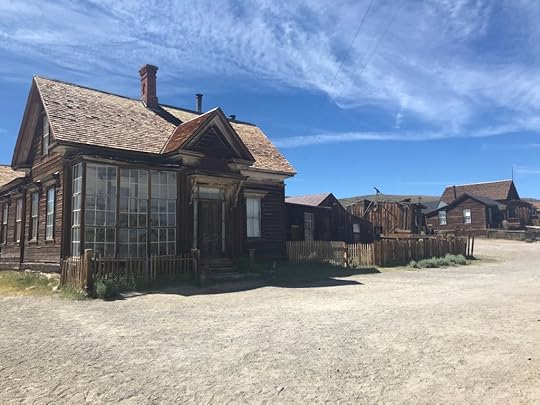
Because of the state of preservation and the artifacts and documents available, plenty of history is known about the site. I’ll offer a few cliffnotes for the curious. W.S. Bodey found gold in the area in 1859, and died shortly after. Mining grew slowly until around 1875, when a mine collapsed and a heavy amount of gold ore was found. Bodie fast became a boomtown, and the population reached almost 10,000 by its heyday in the late 1870s and early 1880s.
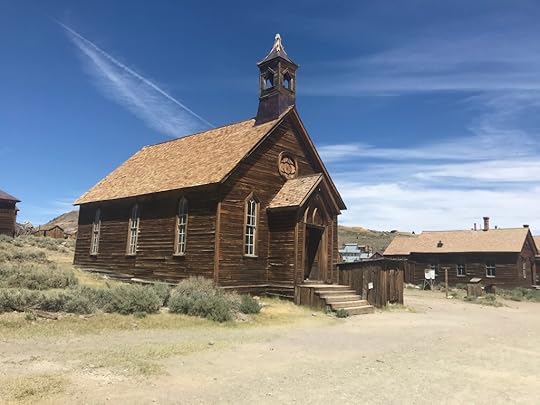
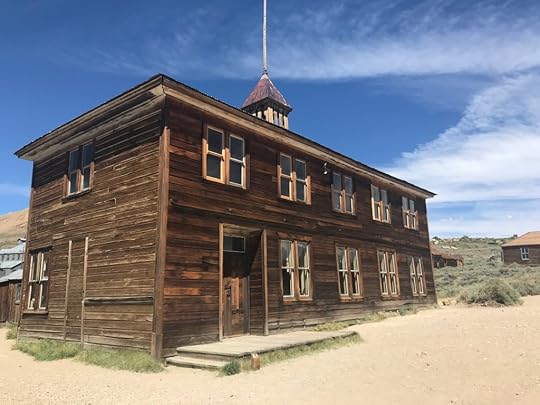
With over 60 saloons and reputation for rowdiness and a flagrant disregard for law and order, life in Bodie was said to get pretty wild at times. But it was certainly a work-hard-play-hard kind of city, with dozens of mines and nine stamp mills to keep their residents busy.
One interesting legend tells of the “Bad Man from Bodie,” an amalgamation of several real-life figures who made names for themselves in town. The most famous of these tales involves two men who, in 1880, learned that $30,000 in gold bullion was going to be transported on the stage road to Carson City. The men ambushed the coach and got away with the gold. Shortly after, they were caught – but the gold was missing. One man was killed, the other died in jail. To this day, the gold has never been found.
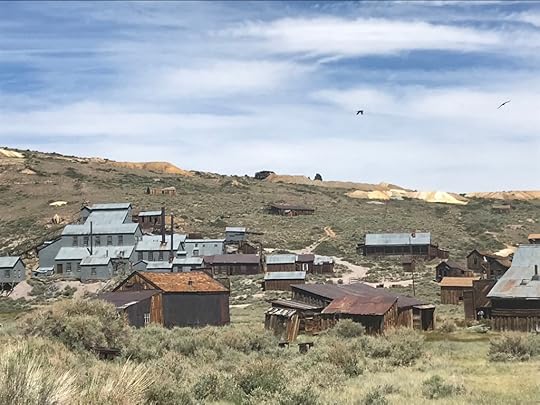
Mining continued into the 1900s, but the with diminishing returns. The population declined year after year until a fire destroyed much of the town in 1932. The town somehow managed to survive into the 1940s, but after World War 2, it became more or less abandoned until California purchased the property and designated it as a state park in 1962.
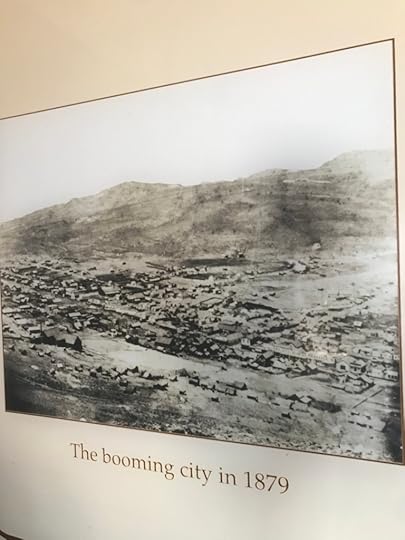
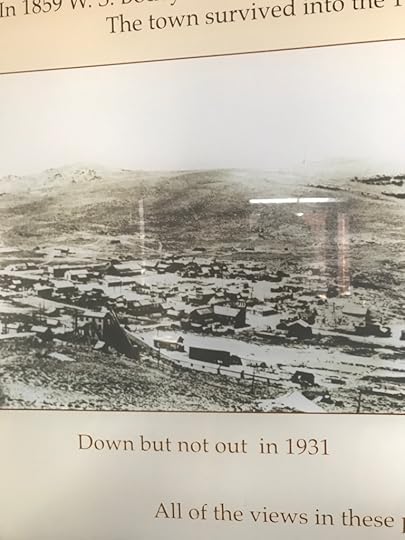
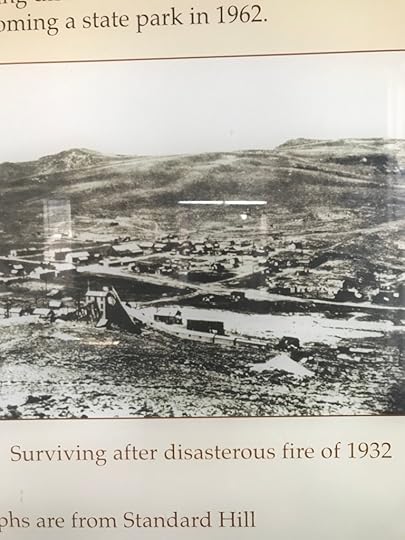
Today, you can wander the desolate streets and peer into the decrepit buildings while imagining the lively, rowdy activities of people long gone. The main street, once packed with commercial buildings, is now dotted with a few sparse remains of the surviving structures – but it’s still a spectacular site to see.
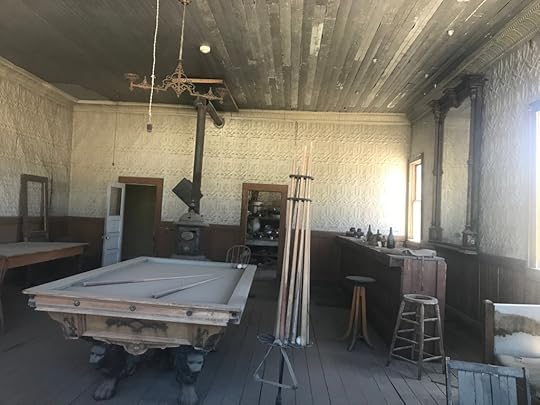
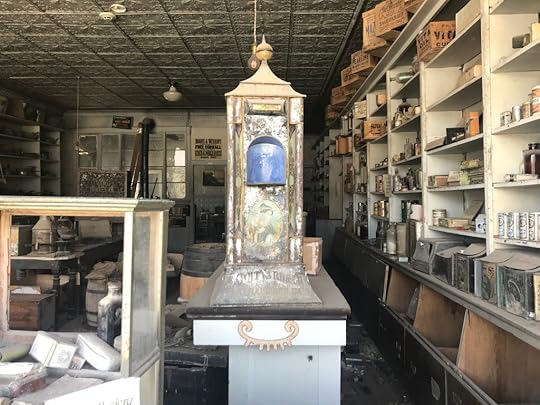
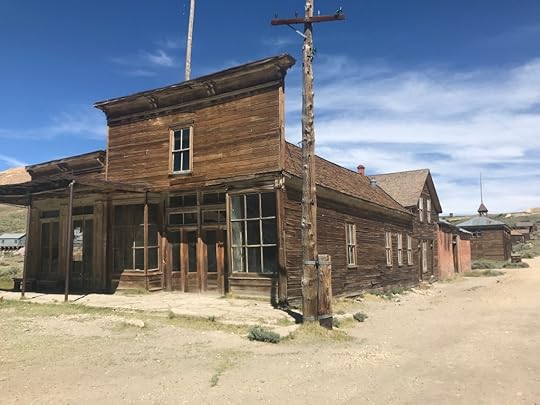
Time seems to have frozen in a few different eras – from the weathered wood homes and churches and hotels to the rusting remains of old vehicles.
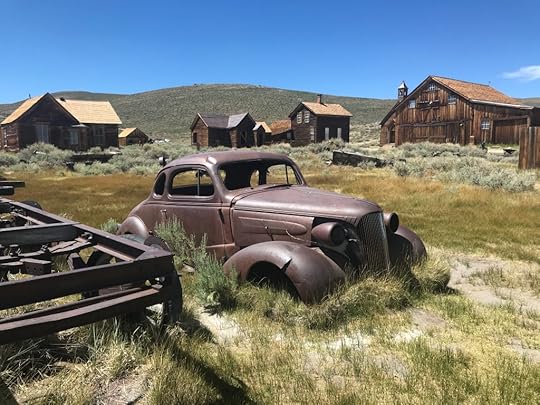
A guided tour of the Standard Mill is a great way to explore an old shuttered facility while checking out the antiquated machinery and learning a little about how the ores were processed.
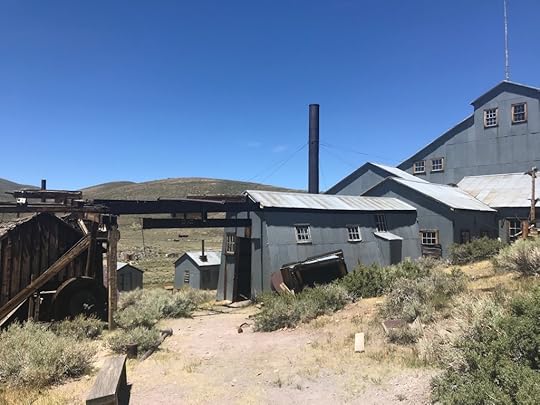
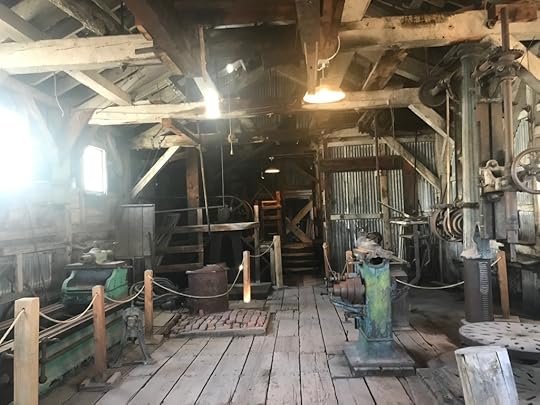
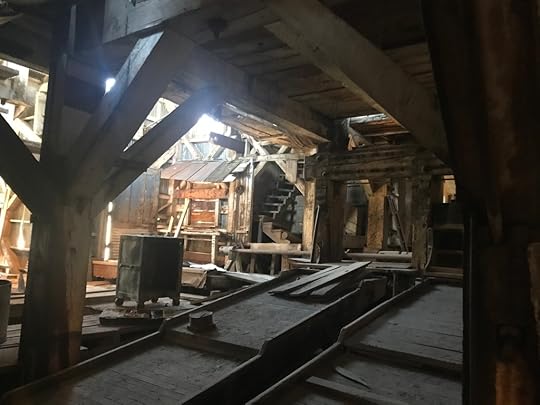
For all the years of abandonment that Bodie experienced since its heyday, the irony is that it tends to bustle with activity in the afternoons during tourist season. Still, the historic allure and the rustic charm of this ghost town deserves recognition as one of California’s most unique hidden gems.
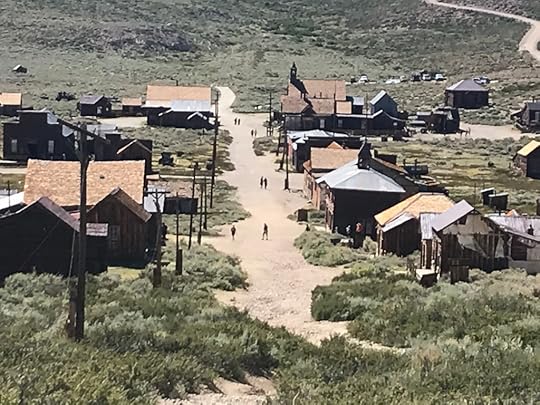
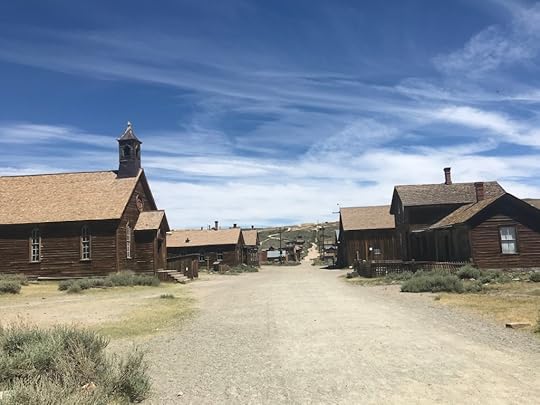
June 8, 2021
Murder at Mission San Miguel
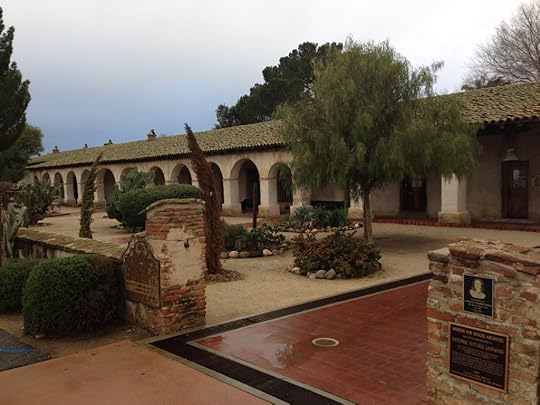
As I promised in my previous blog post, there’s a lot more history to Mission San Miguel than meets the eye. As a local point of historical interest, I’ve spent a great deal of time exploring the grounds and reading up on the available literature.
One interesting story involves a sort of 1800s ‘whodunit’ mystery. In December of 1800, two friars at the mission became sick suddenly with stomach pains, along with convulsions and spasms. Later, a third friar came attend them and fell ill shortly after. By this point, a fourth friar had to be sent to the mission to give aid, and rumors had swirled about foul play.
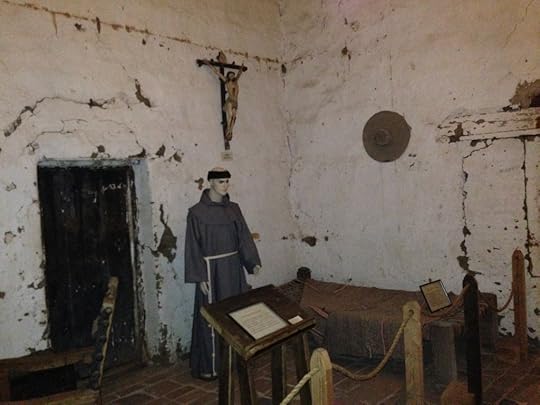
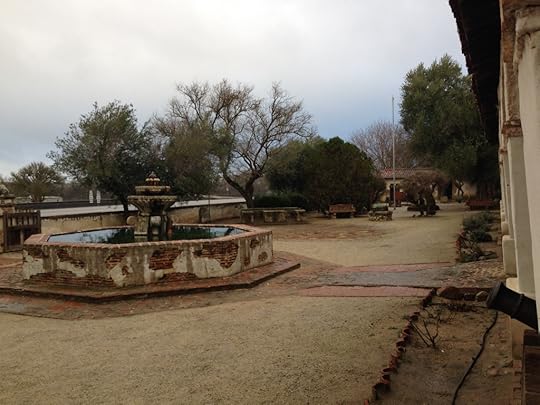
By February, three Native Americans were arrested, having boasted about poisoning the friars. They were soon sent over to Monterey for trial. But not long after that, the fourth friar came down with the same sickness, and died two weeks later. And that, in turn, led to a fifth friar’s arrival and sickness.
One can only imagine the whirlwind of an investigation that went on after that – particularly since the poisonings continued well after the three Native Americans had been arrested. And sure enough, as the investigation ran its course, the truth came out: the friars themselves were responsible.
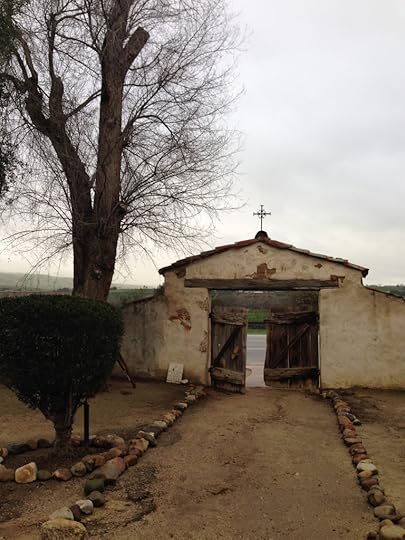
Now, they didn’t actually poison themselves intentionally. But on examination of the friars’ living quarters, it was discovered that they had been drinking mescal – a liquor similar to tequila – stored in tin-lined copper containers. It turned out that despite the tin lining, the copper went through the tin and tainted the liquor. The friars had died from copper poisoning.
A more exciting – and deadly – story from 1800s San Miguel started in December of 1848, nearly a year into the California Gold Rush. At the time, the mission was owned by William Reed, who used it as a hotel for travelers heading to and from Northern California. As an early mover during the Gold Rush, he often boasted that he had struck it rich at the northern gold mines. And that, it turned out, was the wrong thing to say to a certain group of money-hungry bandits that stayed at his hotel on that cold night in December.
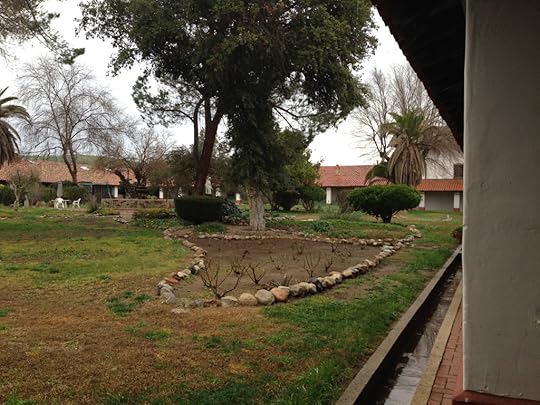
After the six bandits decided to take the gold from Reed, they killed him and then moved from room to room, killing everyone they came across. They also searched the entire mission for Reed’s gold, but only found a small amount of cash.
As fate would have it, a mail carrier named Jim Beckwourth was traveling to Monterey and decided to stop at the mission for the night. What he found was a locked door and the sight of a dead cook through a window. He hurried back to rally a manhunt for the criminals, which went on for several days. It culminated in a gunfight at the cliffs north of Santa Barbara, leaving three of the bandits arrested, two dead, and one missing.
To this day, William Reed’s gold has still never been found.
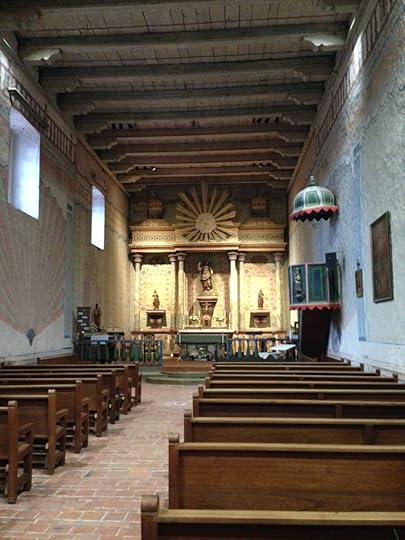
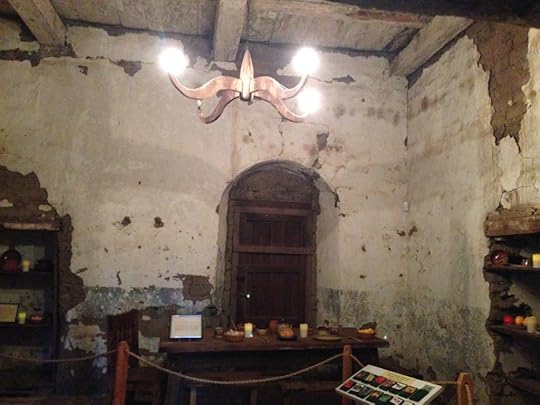
And that just happens to be the topic of my latest novel, Murder at Mission San Miguel. The second installment of my Argolis Investigations series, I’ve woven the historical backdrop behind the mission with a modern day murder mystery. If you happen to pick up a copy, I hope you enjoy reading it as much as I’ve enjoyed writing it.
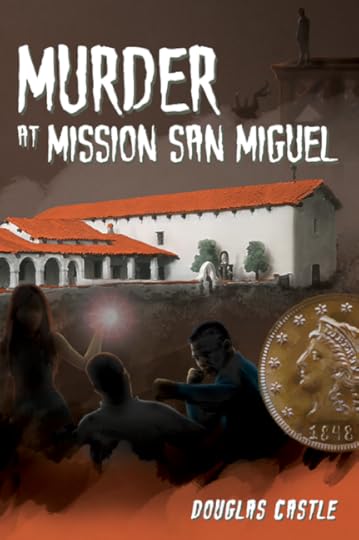
June 7, 2021
Mysteries of the California Missions
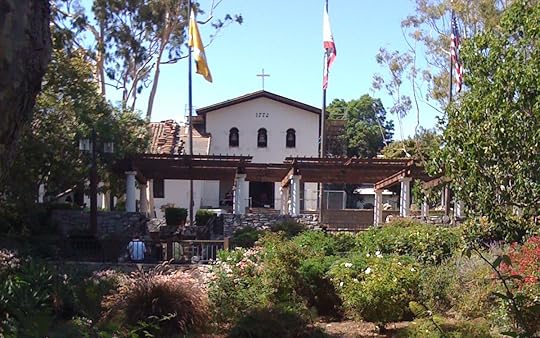
Anyone who’s ever passed through the major cities and towns of California has probably passed by one of its 21 iconic Spanish missions, all of which have been restored and preserved over the years. These sites represent some of the oldest structures from California’s storied history that remain, and today they still feature prominently in travel literature for their respective cities.
These historical churches and dwellings are not without their share of controversy, and many of them are riddled with dark stories of their past.
Where I live on the California Central Coast, there are at least seven such missions that make for quick pit stops or day trips – and your mileage may vary, both on distance and on interest in their backgrounds.
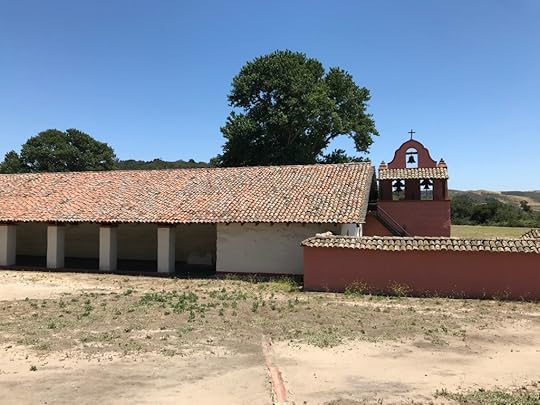
Take, for instance, the La Purisima Mission in Lompoc, a place commonly associated with ghost sightings. Apparently, in 1824, there was an uprising by the Chumash people that culminated in a bloody battle at the mission between the Native Americans and the Mexican soldiers. Today, visitor reports range from “cold spots in random places to hearing “death chants” in early morning hours and even a well-made bed in one of the locked exhibit rooms that often becomes rumpled overnight.
These ambiguous claims are difficult to corroborate despite the fact that they often lead ghost hunters to the scene to investigate. But there’s still one curious aspect of these reports. Back in the 1940s, the mission was restored by the Civilian Conservation Corps. Apparently, while a group of workers were pulling up a section of old Spanish tile flooring inside the church, they found four or five small skeletons of children or infants. As it turns out, this is supposedly the very same area that visitors frequently report cold spots.
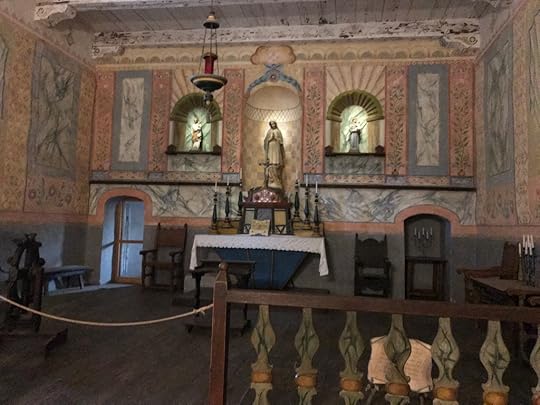
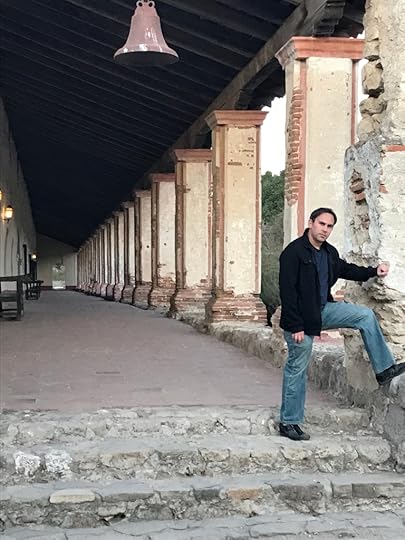
Ghost stories aside, if we continued north along the 101 freeway, we’d eventually pass by the tiny town of San Miguel. Most people zip on by, hardly even noticing the exit signs. But what’s unique about this little village in rural California is the dominating presence of Mission San Miguel, located at the south end of a scant stretch of residences and business that occupy the town of 2,000 or so residents.
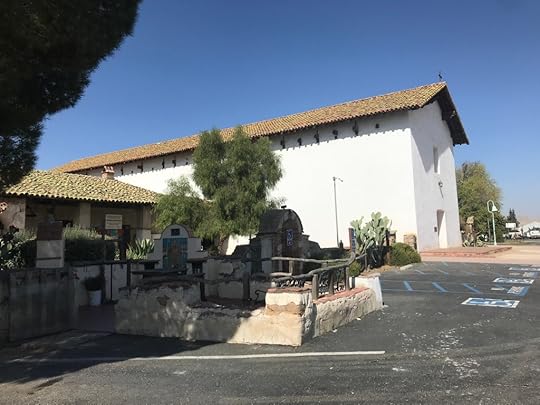
While I’ve always found this mission to be one of the more aesthetically interesting ones, it also holds one of the arguably darkest chapters in the history of the California mission system – and very likely its most alluring unsolved mystery.…
On a cold December night in 1848, a group of bandits brutally slaughtered all of the inhabitants of the mission. Their objective: to find a secret gold hoard hidden somewhere on the mission grounds. They left empty handed.
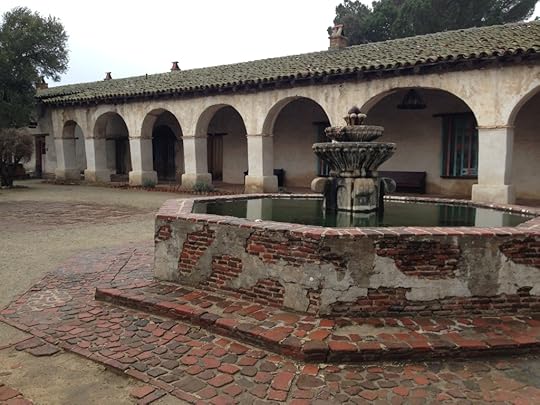
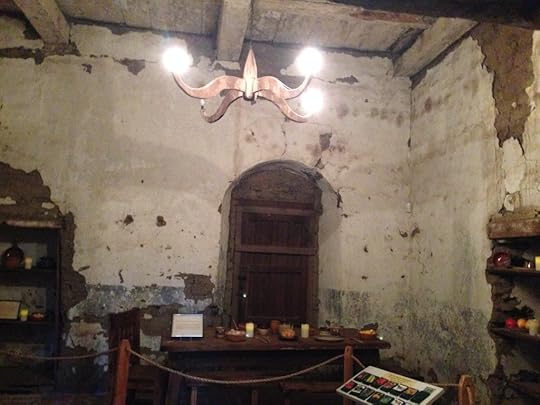
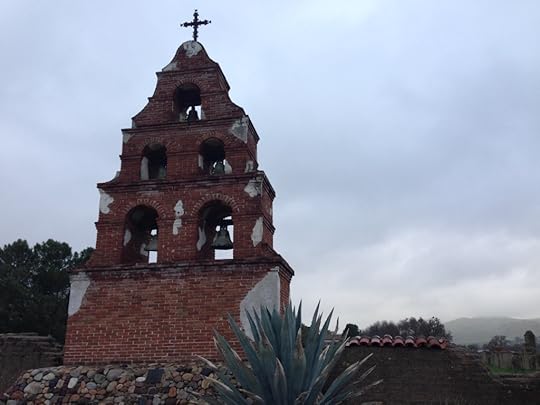
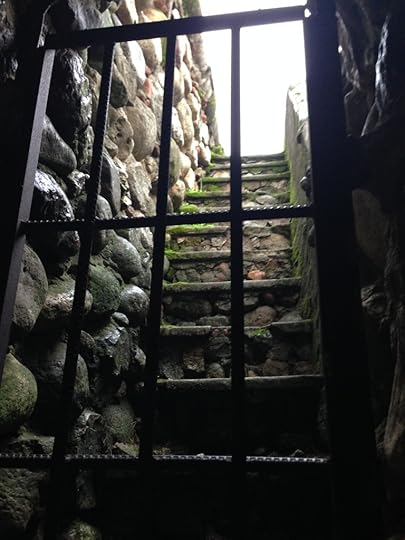
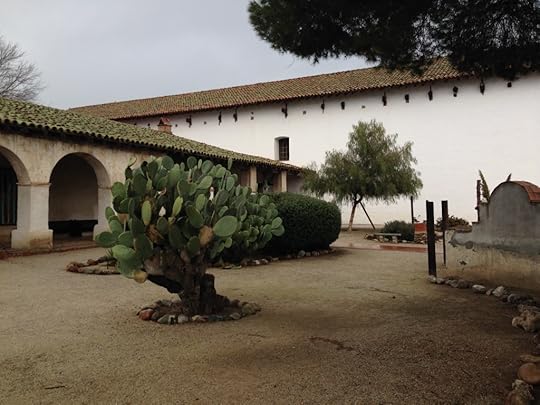
It’s a story that I’ll continue in my next post, and one that I’ve taken a lot of time to research. I think that once you read about it, you’ll share some of my interest and curiosity about just what happened at Mission San Miguel in the closing days of 1848.
June 2, 2021
Sinagua Ruins in Arizona
Although this past year has stunted our ability to travel internationally, it’s easy to forget that even the U.S. is ripe with extraordinary ancient sites. Case in point: three national monuments preserving the Native American ruins in Arizona built over 800 years ago.
Today, Sedona, Arizona is a haven for tourists, spiritualists, and adventurers alike. But, always one to seek out the archaeology in the area, my December 2020 visit brought me to the nearby cliff-dwelling site known as Montezuma Castle. Built by the Sinagua people around 1100 A.D., the five-story, twenty room complex built into cliff face evokes images of Petra in Jordan. Though not quite as ornate as its Middle East counterpart, Montezuma Castle is no less impressive. If not for the fact that the structures have deteriorated to the point of fragility over the years–not to mention the ‘No Entry’ signs—I would’ve loved to climb up and explore some of those carefully preserved ruins.
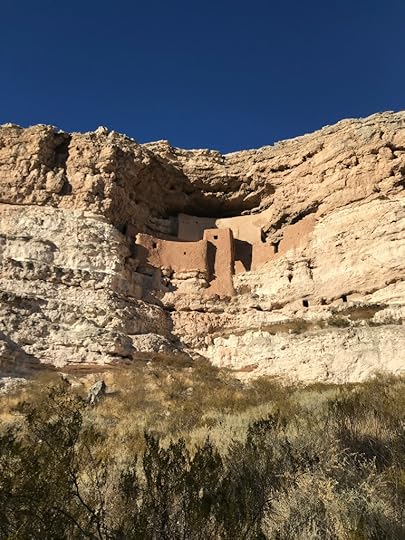
Next up, I made my way east to the lesser-known site of Walnut Canyon. Unlike my previous excursion, these cliff dwellings were actually somewhat accessible to the public. Built by the Sinagua people around the same time as Montezuma Castle, Walnut Canyon’s cliff dwellings were built around the natural recesses in the limestone walls. Here, a roughly one-mile trail took me past 25 of the cliff dwelling rooms, several of which I was allowed to enter. Unfortunately, so much of it had been damaged over the last two centuries by souvenir hunters that its original splendor is left up to the imagination.
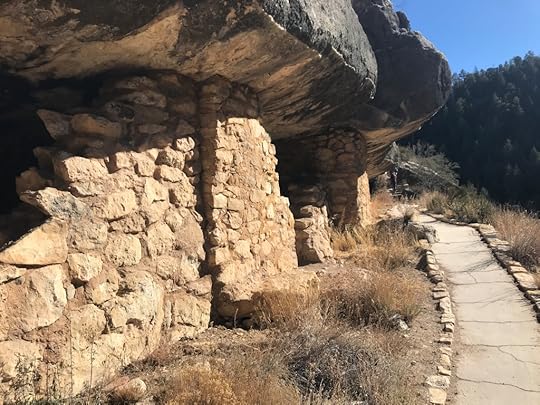
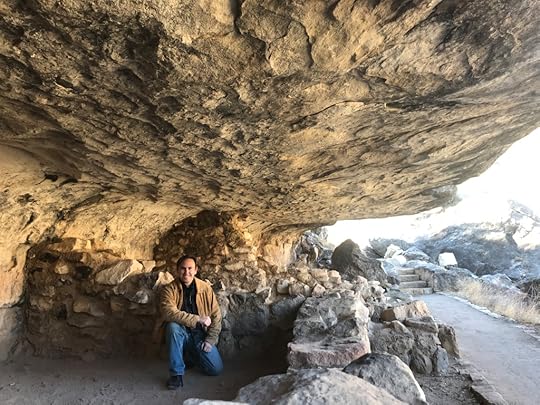
The last stop on my brief archaeological adventure made for a different kind of experience. West of Sedona, the Sinagua village of Tuzigoot sat far away from any cliffs or mountains. Instead, this pueblo featured clusters of homes built of massive cobble walls. An interesting thing of note was that there weren’t many exterior doors in these dwellings; instead, access was usually by ladders through roof openings. While the knee-high remains of these structures made it slightly less impressive of a site, the charm in seeing this sprawling complex against a backdrop of hills and shrubbery is unparalleled.
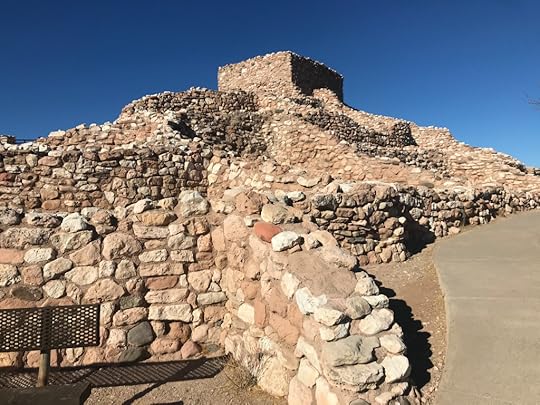
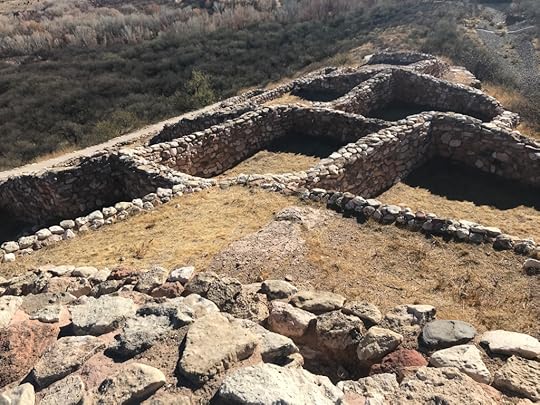
I first grew interested in these Sinagua ruins over a decade ago. I prioritized other trips in the years that followed. As a silver lining for having to stay a little closer to home in recent times, I’m glad I managed to check out these three amazing sites as 2020 drew to a close.
May 20, 2020
The Costa Rican Subterfuge
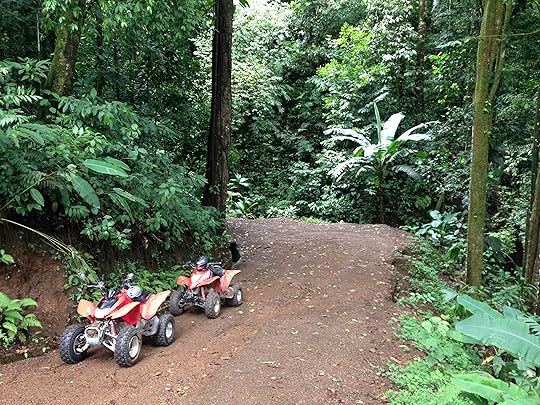
In 2013, I traveled to Costa Rica with hardly any itinerary – no hotel reservations, no transportation arrangements, and essentially no planning. It was something of a self-challenge idea, in fact – to see how well I could navigate through a relatively safe foreign country and come up with activities on-the-fly. Of course, I brought along a big guidebook and had done some preliminary google searches to get a lay of the land. But otherwise, I traveled by the seat of my pant.
I arrived in San Jose and managed to hail a cab to a hotel in the rural outskirts of the city. From there I was in strictly guidebook territory. I came up with a general plan to head south along the Pacific coast until I reached Panama, stopping at a few towns along the way. From there… anything goes.
The trip turned into an adventurous journey across the country, a jaunt from one episode in one locale to the next. Luckily, I had the foresight to record my experiences in a little travel journal. Good thing, too, because I didn’t bring along a computer and I had forgotten to sign up for an international cell phone plan. Between my amateur sketches and scribbled comments, I was recently able to piece together my trip and revisit the country from my home office.
What resulted is a (hopefully) entertaining fictional thriller showcasing some of the incredible places in Costa Rica that I’ve been to – all tuned to the plot of an international theft caper that collides with a local Central American crime ring. This novel, The Costa Rican Subterfuge, is the first in what I hope to be a series of books chronicling the investigations of an organization called Argolis Security and Recovery.
It’s now available on Amazon in paperback and Kindle versions, and currently free on Kindle until Friday 5/22. The link and book description are below.
In the coming weeks, I’ll be posting about my real-life experiences in Costa Rica that inspired this novel.
A mysterious American woman in Costa Rica with an ambiguous past.
A Central American crime ring.
And a data drive worth a small fortune.
Argolis Security and Recovery: a consulting firm that serves museums, galleries, insurance companies, and research labs. And whenever international cases come up, investigator Lee Colton usually jumps at the chance for a paid travel experience.
When a former client tasks him with recovering sensitive documents from a woman who fled to Central America, Colton has no problem tracking her down. But after he looks up an old friend in the southern part of the country, his assignment gets derailed when he uncovers a local crime ring and a network of police corruption. He soon finds himself using all the resources at his disposal to stop a brutal scheme targeting American expatriates – and rescue a grief-stricken hostage.
May 17, 2020
When in Pompeii…
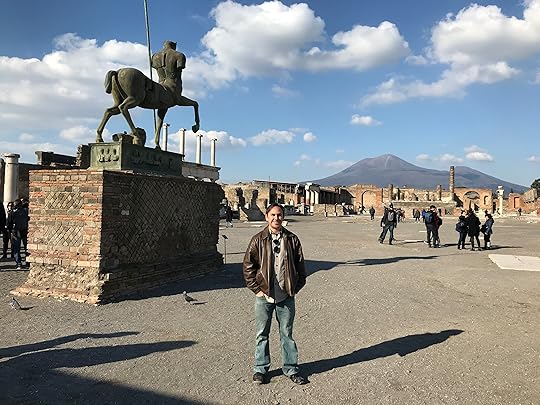
Living in California during the COVID-19 pandemic, there was a stretch of time in late March when the desolate downtown streets near my home bore a remarkable similarity to the abandoned boulevards of ancient Pompeii. Ironically, I had just visited the extensive ruins only a few months prior – late January of 2020. In hindsight, it’s almost unsettling how close in time my trip came to Italy’s virus outbreak.
Having visited plenty of ruins over the years, what struck me about Pompeii was how expansive the site really was. I had expected to spend just a couple hours strolling the scene; I ended up exploring the ancient city for almost an entire day, complete with worn out legs and blistered feet.
Although the crowds of people swarming the main Forum made for a stark reminder that this was a tourist site, as soon as I wandered down one of the wide cobblestone thoroughfares, I soon felt myself stepping back in time. The buildings were almost all standing and surprisingly well-preserved, thanks to the centuries buried in volcanic ash followed by more centuries of painstaking archaeological excavation.
After meandering around one crumbled city block for about a half hour – poking my head into various rooms of some of the scattered houses, now roofless – I consulted the map to get my bearings. I figured I had traversed a good chunk of the site. I was wrong. The section of the city I had explored barely covered a thumbnail’s space over my wide fold-out map.
The Pompeiian ruins really did consist of an enormous city to explore. Unlike most other sites in the world that I’ve visited, it wasn’t just a quick jaunt around some noteworthy monuments before moving on to the next attraction. Pompeii was a massive sprawl of cobbled streets filled with temples, residences, bath houses, villas, shops, statues, bakeries, brothels, laundromats, and almost every other business under the sun. All now abandoned for nearly 2,000 years.
The towering volcano, Mt. Vesuvius, loomed in the distance, visible from all sorts of vantage points throughout the city. I often found myself haunted at the thought of this bustling society getting struck down without warning on that afternoon in A.D. 79, when that first geyser of molten ash erupted from the volcano’s crater.
Moving back to the present day, more than ever the story of Pompeii serves as a somber reminder of how fragile our civilization can be.
March 22, 2019
The North Remembers
“The North Remembers.” That famous Game of Thrones catch phrase came to mind as I ambled behind a tour group inside Ireland’s Malahide Castle, peeking beyond a corded off doorway into an outlying room in hopes of catching a glimpse of an unrestored portion of the ancient stronghold. Its history was indeed steeped in Westeros-like intrigue and bloodshed, having been occupied by the Talbot family for over 800 years. Except for the period in the mid 1600s after the Cromwellian conquest of Ireland when it was taken over by Miles Corbet, who was subsequently hanged after Cromwell’s demise. Then there was the Battle of the Boyne, when the fourteen family members who merrily dined together in the Great Hall all ended up dead in the battle by nightfall.
Speaking of Westeros, Northern Ireland – a region once marked by the notoriety of “The Troubles” in the 1970s and 80s – has actually been the main filming location of Game of Thrones. I paid a visit to Belfast in October of 2018, and even poked my head around the perimeter fence line of Titanic Studios hoping maybe to spot Emilia Clarke or Kit Harrington (emphasis on the former). But I had to Settle for the neighboring five-story Titanic Museum, one of the most impressive modernly-designed museums in the world (and I’ve been to plenty of excellent ones).
But more to the point: Northern Ireland. Between the lush green countryside, idyllic scenic coastlines, and picturesque historical villages, I couldn’t get enough of such an underrated gem of tourism. With the goal of reaching the UNESCO Heritage Site The Giant’s Causeway – home of the massive geological formation comprised of a sprawling array of hexagonally-shaped pillars – I researched various transportation options until I arrived at the most cost-effective and impactful: the “Game of Thrones Filming Locations Tour.”
Balking at its touristy nature but overwhelmingly intrigued by the variety of tour stops, the experience was certainly one of the high points of my two-week Ireland trip. Following the Atrim Coast road, we hit up such sites as Carnlough Harbour (home of the Braavos Canal where a stabbed Arya swims out of), Cushendun Caves (where Melisandre’s shadow baby emerged from), Larrybane (where Brienne of Tarth defeated Ser Loras), and the Dark Hedges (better known as the King’s Road). Rounding off the trip, my favorite site was the ruined cliffside castle of Dunluce, said to have been digitally restored and enhanced to transform into the show’s Iron Islands.
In the end, an exploratory trip to Ireland deserves far more than a fleeting summary in a brief article focused on George R. R. Martin’s fictional settings… but it’s certainly not a bad way to scratch the surface.
January 21, 2019
Hike to the Shipwrecked S.S. Dominator – Rancho Palos Verdes, California
Nestled along the rocky coast of the Palos Verdes Peninsula lies one of Southern California’s more unusual attractions: the shipwrecked ruins of a Greek freighter, The Dominator. Having little in common with the Hollywood traditions of ghost ships and sunken treasure, its remains today consist mostly of scattered fragments of the hull and engine which span about a half mile of shoreline. But the true allure of its wreckage stems from its unique historical value and the rare nature of this hidden site.
In March of 1961, the Dominator’s course to Algiers came to an untimely halt when the current forced it into the Palos Verdes cliffs. The ship had been carrying wheat from Portland and had a scheduled fuel stop in Long Beach. After days of awaiting Coast Guard assistance, the uncompromising winds and swells forced the crew to abandon the vessel.
Today, the scenic Rancho Palos Verdes Road offers stunning ocean views, and with scores of picturesque homes its scenery rivals many parts of Pacific Coast Highway. Having randomly discovered this route, I was astonished by the incredible backdrops and serene atmosphere of the ride. Out of little more than idle curiosity, a quick Internet search about this area offered me an over-abundance of background on Rancho Palos Verdes and its surrounding communities. From the historic Point Vicente Lighthouse to the geologically unstable Portuguese Bend, there was no shortage of information about the entire area. But underscored by the romanticism of a place and time long forgotten, the brief footnote about the Dominator wreckage really seemed to flare up my imagination. I resolved to search for it the next day.
No stranger to grueling hikes, I was prepared for an expedition of monumental proportions; the actual journey met with much less fanfare. My cautious descent down a cliff-side trail was followed by a strutted trek across shoebox-sized rocks the rest of the way. My first glimpse of the rusted, jutting hull looming in the distance sparked enough excitement that I wasted no time in hastening my pace.
Staggered among the rocks, the heavily corroded debris bore little resemblance to the ship’s original splendor. With the deep hues of red, orange and brown, the rubble painted a vivid picture of the years gone by. The unrelenting waves continued to crash down on the large portion of hull still intact, continuing to strain the battered shell until the day that it ultimately collapses. The weathered pieces of the engine, including one automobile-sized segment planted firmly on the shore, could be likened more to a worn out tractor than a freight vessel. Nevertheless, the novelty of exploring these sparse remains offered an exhilarating sense of adventure, an experience that comes as a pleasant relief from the rest of modern world of Los Angeles County.
December 3, 2018
Minoan Ruins on Crete – I
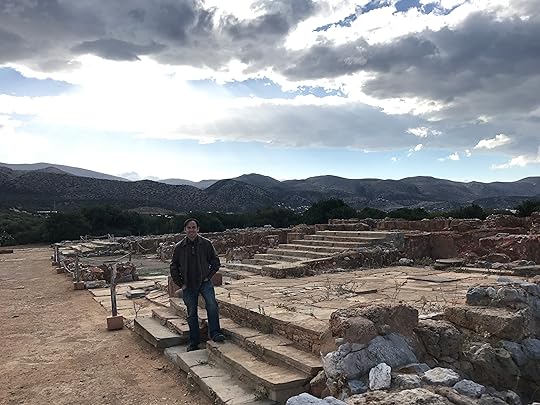
After five years, I’ve decided it’s time to resuscitate and rebrand this site. Having embarked on a lot of adventures both international and domestic, I wanted to chronicle some of the interesting finds I’ve touched on.
My December, 2017 trip to Greece was something of an archaeological endeavor, as I spent a lot of my time back and forth between traversing ancient ruins and perusing museum exhibits. After I made it to Crete, I sought out three sites of ancient Minoan ruins, which date back over 3,500 years ago. Despite the age, the Minoans were actually the pinnacle of technical advancement for that time period; the remnants we can see today of their ancient sites include three story buildings, flush toilets and bathtubs with running water, modern-looking street designs, hydrothermal venting, elaborate palatial layouts, and advanced metalworking.
The site depicted above – Malia – though not the most photogenic, had such a raw, authentic feel that it was my second favorite among the four sites I’ve explored. The mixed rain and sun only added to the austere atmosphere of the site.
Though I would have loved to have the chance to solve cryptic ancient mysteries of a Bronze Age city long since leveled to the ground, I have to admit to being more than content just wandering the rubble in solitude and admiring the vestiges of the once impressive complex of buildings.
July 10, 2013
Santorini Sunsets
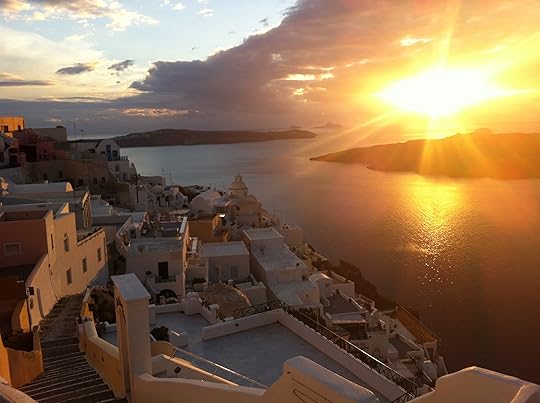
Most pictures are worth a thousand words… this one’s worth a hundred thousand.

